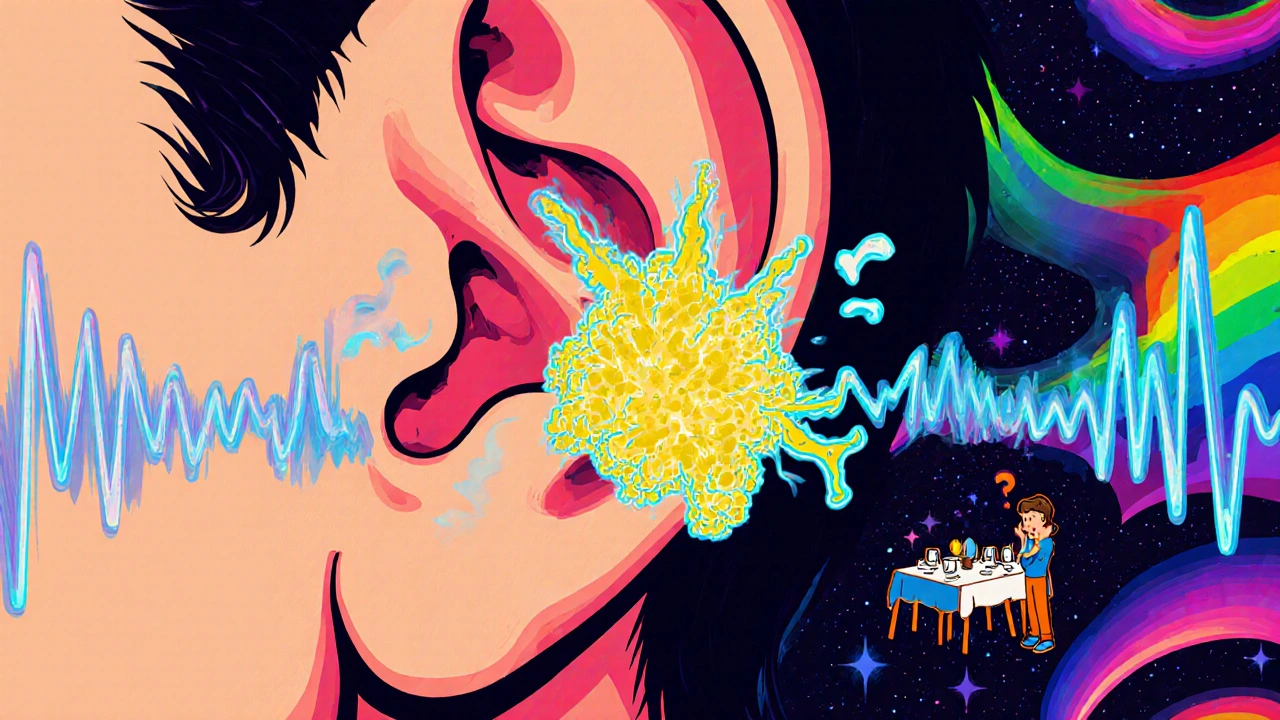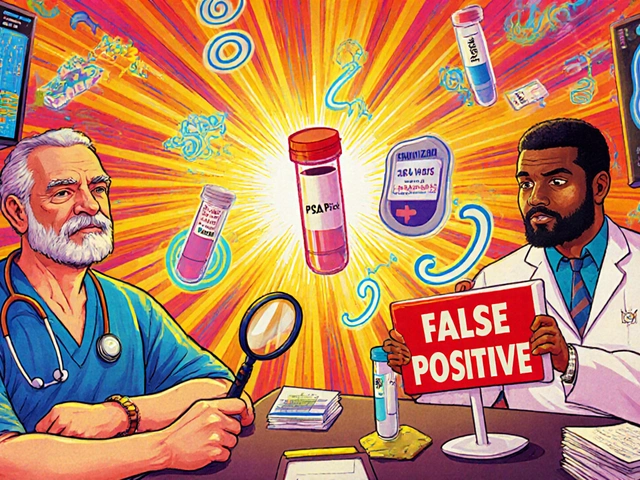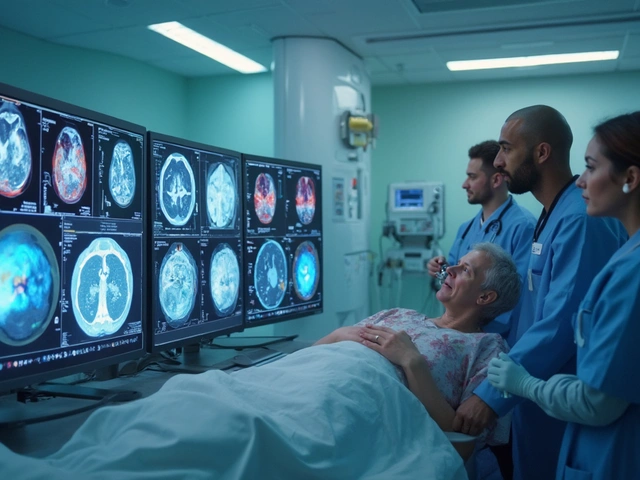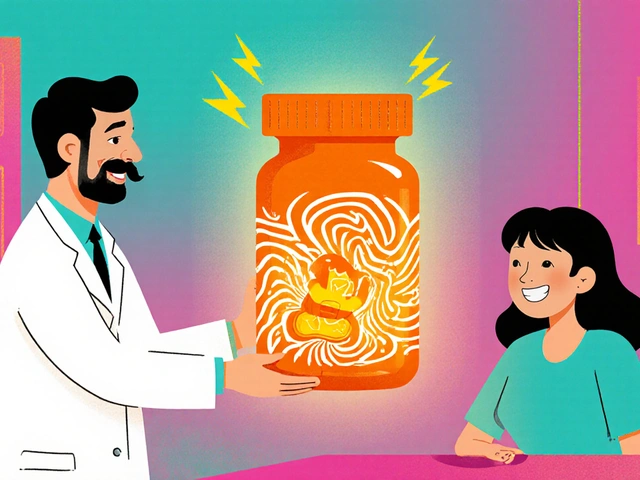Middle Ear Bone Growth: Causes, Symptoms, and What You Can Do
When the middle ear bone growth, an abnormal hardening of the tiny bones inside the ear that disrupts sound transmission. Also known as otosclerosis, it slowly locks the stapes—the smallest bone in your body—in place, making it harder for sound to reach your inner ear. Unlike sudden hearing loss from infection or noise, this happens quietly, often starting in your 20s or 30s. You might not notice at first—just that the TV seems quieter, or people sound muffled when you’re in a crowded room.
This isn’t just about aging. otosclerosis, a condition where bone tissue replaces normal bone in the middle ear, often around the stapes runs in families. If a parent or sibling has it, your risk goes up. It’s more common in women, especially during pregnancy, when hormonal shifts can speed up the bone changes. And while it’s not caused by loud music or earwax, it can be mistaken for them—until you realize your hearing keeps getting worse, even after cleaning your ears or turning up the volume.
What makes it tricky is that it doesn’t always need surgery. Some people manage with hearing aids, devices that amplify sound to compensate for the stiffened bones and never need an operation. Others find that sodium fluoride supplements help slow the bone growth, though this isn’t a cure. For those with more advanced cases, a stapedectomy, a surgical procedure where the fixed stapes is replaced with a tiny prosthetic can restore hearing in over 90% of patients. But not everyone is a candidate—your doctor will check your overall ear health, bone density, and even your balance system before recommending it.
There’s no magic pill to dissolve these bones, but knowing the signs early makes a big difference. If you’ve been saying "what?" more often, struggling to hear high-pitched voices, or hearing ringing in one ear, don’t just brush it off. A simple hearing test can catch otosclerosis before it steals more of your hearing. And while it’s not life-threatening, losing your ability to hear conversations, music, or your child’s laugh? That’s something worth fighting.
Below, you’ll find real-world advice from people who’ve been there—how they spotted the problem, what treatments helped (or didn’t), and how they learned to live with hearing changes. Whether you’re just starting to wonder if something’s off, or you’ve already been diagnosed, these posts give you the no-fluff facts you need to make smarter choices.
Otosclerosis: What Causes Abnormal Bone Growth in the Middle Ear and How It Affects Hearing
Otosclerosis is a common cause of hearing loss in adults under 50, caused by abnormal bone growth in the middle ear that locks the stapes in place. Learn how it affects hearing, who's at risk, and how surgery or hearing aids can restore hearing in 90% of cases.






